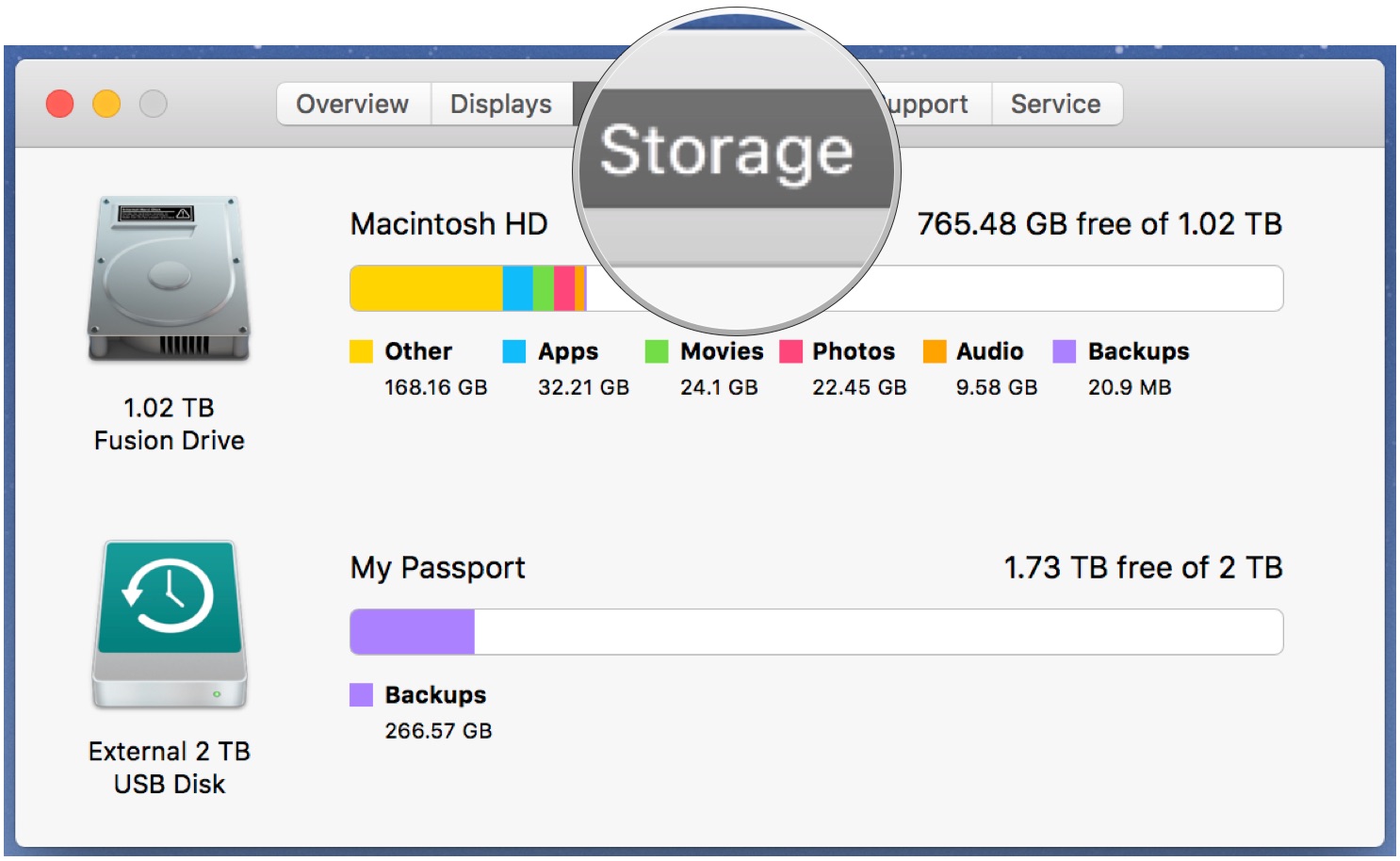

Note that ' and " do not (by default) cause word splitting themselves, so this, despite being messy, would work for you: cd "Oct"'ober F'"all" $ # splitting here, but the backslash/quotes will not be storedīash: cd: October: No such file or directoryīash: cd: $filename: No such file or directory $ # ^- Still need a backslash or quoting to prevent word Since " allows some argument expansions, it's useful if, for example, you have a file name with a space in it inside a variable: $ filename=October\ Fall The * triggers the file name expansion here).

" only disables word splitting and file name expansion (file name expansion is things like ls *.mp3 to list all files with names ending in. ' disables all special character interpretation (even \), but cannot contain a '. In this particular case, ' and " behave identically, but they do have differences. Double quotes also work: cd "October Fall" This means it takes the line (or, in some cases, lines) and splits it apart into several words, by default at spaces, tabs, and newlines.Īs Lưu Vĩnh Phúc mentioned, backslashes and single quotes can be used to prevent word splitting on single characters or everything between them, respectively. If clearing RAM didn’t help you to speed up your Mac, read our previous article 7 Steps to increase Mac’s speed.The shell performs word splitting on arguments before passing it them to the command you specify.
#Find how much space on mac terminal free
You can use a free Memory Cleaner for all these tasks.
#Find how much space on mac terminal how to
Now you know how to check the memory on Mac and what to do when your Mac is running out of free memory. It will take just a few seconds to complete the cleaning of Mac RAM memory. Click on the application’s icon in the toolbar.So follow these steps to free up RAM on Mac: Also, the apps can automatically clear RAM each time your Mac is running out of free memory or each time you close apps that are using a lot of memory. You can use Memory Cleaner to clear RAM on Mac with just one click. So read on to learn the best way to free up memory on Mac.

It is inconvenient at least since it interrupts your work on the computer. However, the idea of restarting the system each time you need to free up RAM is not the best choice. Restarting the system empties the RAM and disk caches and as a result, helps to fix a slow Mac. The simplest way to free up RAM on Mac is to restart your computer. Here you will find the next information about memory on Mac:
/FreeSpace-5769c0b53df78ca6e47b709f.jpg)
At the bottom of the window, you can see an amount of used memory, operation diagram and other information of RAM usage. Here you can view the detailed information about the memory usage by apps and all processes of your system. Launch the Activity Monitor application.How to check memory usage on Mac with Activity Monitor Learn both of them and choose the easiest for you way to check memory usage and free up inactive RAM memory on Mac. This tutorial covers two of them: using the Activity Monitor and using a special tool Memory Cleaner. There are different ways to check application memory usage on Mac. Here you can see how much memory is installed on your Mac.Go To Apple Menu (find the Apple sign in the top left corner of the screen).How to check memory usage by apps on Mac.įollow these steps to get Mac memory information: In this article, we will explain how to check Mac RAM usage and how to free up RAM to fix a slow Mac.Ģ. If any app you open on your system runs out of the memory, it may slow your Mac down. The Mac’s performance speed depends on Mac memory volume.


 0 kommentar(er)
0 kommentar(er)
